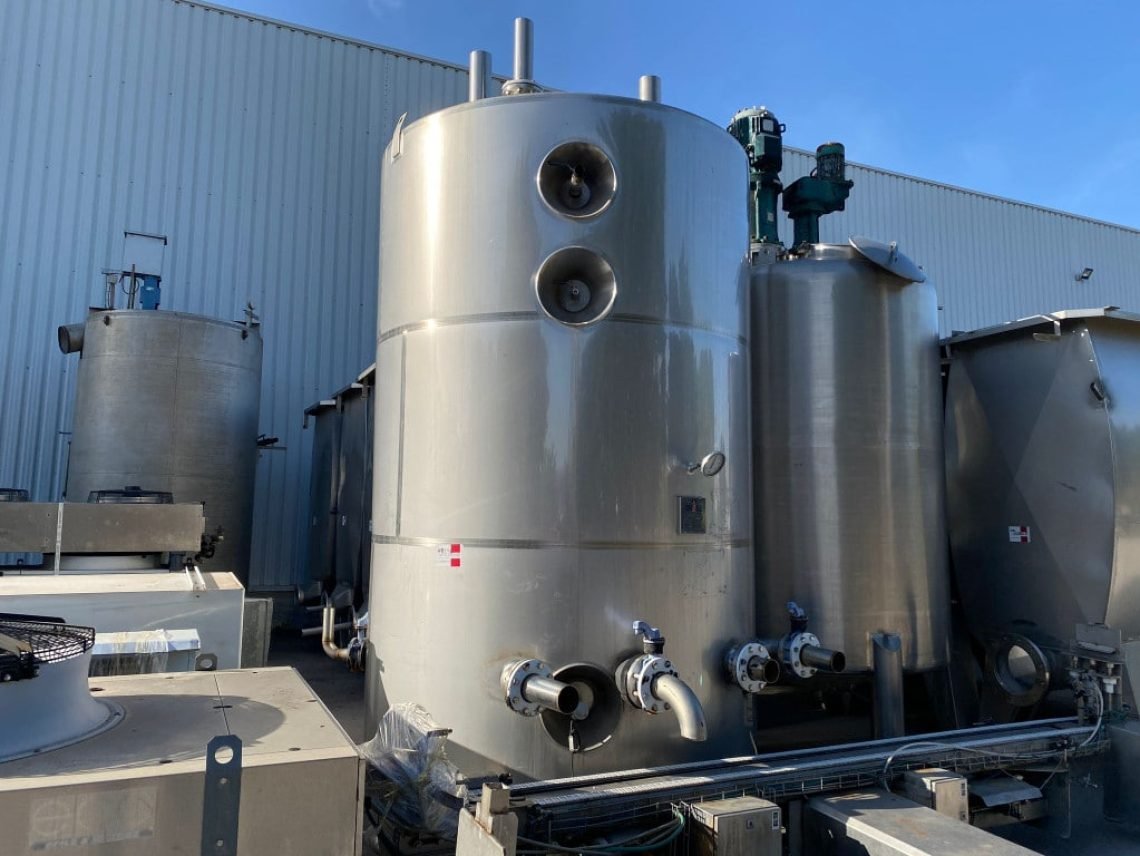
Table of Contents
ToggleAntifreeze is an essential fluid in various systems, preventing engines and other machinery from freezing in cold weather and overheating in warm conditions. It’s vital for maintaining the operational efficiency of your equipment.
Glycol is a key ingredient in antifreeze formulations. It lowers the freezing point and increases the boiling point of the liquid, ensuring optimal performance across a wide temperature range. But which glycol should you use: propylene or ethylene?
Propylene glycol is a colorless, odorless, and slightly viscous liquid that is less aggressive to the environment and safer for use around people and animals. It operates effectively in temperature ranges from -60°F to 250°F.
Ethylene glycol, with its superior heat transfer capabilities, is more effective in high-performance applications but poses significant health risks if ingested. It functions optimally in extreme temperatures ranging from -65°F to 275°F.
Propylene glycol is considered more environmentally friendly, breaking down more easily in the environment, while ethylene glycol can persist and cause ecological damage if not properly disposed of.
When comparing propylene glycol antifreeze vs ethylene glycol antifreeze, safety is a primary factor. Propylene glycol is significantly less toxic, making it a better choice for environments where accidental exposure could occur.
Ethylene glycol typically performs better in extreme temperatures, making it ideal for heavy-duty applications, whereas propylene glycol is preferred for less demanding conditions and safety-critical environments.
Feature | Propylene Glycol | Ethylene Glycol |
Toxicity | Low (food-grade) | High (toxic) |
Environmental Impact | Biodegradable | Persistent |
Temperature Range | -60°F to 250°F | -65°F to 275°F |
Heat Transfer | Good | Excellent |
Cost | Higher | Lower |
Applications | Food, HVAC, Safe environments | Automotive, Industrial |
Automotive antifreeze typically uses ethylene glycol due to its efficient thermal properties and cost-effectiveness. However, propylene glycol is increasingly used in applications where non-toxicity is paramount, such as RVs and boats with potable water systems.
Industries requiring robust temperature regulation often choose ethylene glycol for its superior performance, while those with stringent safety requirements may opt for propylene glycol to protect workers and meet environmental standards.
The food and beverage industry exclusively uses propylene glycol due to its FDA-approved, non-toxic nature, ensuring the safety of consumable products and compliance with food safety regulations.
In prescribed drugs, propylene glycol is regularly used to save you from infection and ensure the protection of medical products.
HVAC systems benefit from both types of glycol, depending on the specific safety and performance needs of the installation. Propylene glycol is preferred for systems in schools, hospitals, and residential buildings.
Red River specializes in the design and manufacturing of pressure vessels. We also fabricate related items such as prefabricated spools and skid packages.
Reach out to us today and experience the Red River difference. Where American-made products and American Values come together, we care more.
While technically possible, mixing propylene glycol and ethylene glycol is not recommended. Each type has specific properties, and combining them can reduce the effectiveness of the antifreeze, potentially leading to inadequate protection for your engine or system. It’s best to stick with one type and follow manufacturer guidelines.
The choice between propylene glycol and ethylene glycol antifreeze depends on your specific needs. If safety and environmental concerns are paramount, especially in applications with potential human or animal contact, propylene glycol is the preferred choice. For high-performance and industrial applications where thermal efficiency is critical, ethylene glycol is typically used. Always check your system’s requirements and consult a professional if uncertain.
Ethylene glycol generally offers better thermal conductivity and performance in extreme temperatures compared to propylene glycol. This makes it more effective for high-performance applications, such as in automotive and industrial settings. However, its toxicity and environmental impact are significant drawbacks. Propylene glycol, while slightly less efficient thermally, offers safer handling and environmental benefits.
Ethylene glycol is more persistent in the environment and can cause significant harm if not disposed of properly. It is toxic to animals and can contaminate water sources, leading to ecological damage. Proper handling, storage, and disposal are crucial to minimize its environmental impact. In contrast, propylene glycol is biodegradable and considered more environmentally friendly.
The replacement frequency for antifreeze depends on the type and specific application. Generally, it’s recommended to replace automotive antifreeze every two to five years or every 30,000 to 60,000 miles. For industrial and HVAC systems, the schedule may vary based on operating conditions and manufacturer recommendations. Regular testing and maintenance are key to ensuring optimal performance and longevity of your antifreeze system.
Table of Contents
ToggleIn the realm of industrial solutions, Red River emerges as a pioneer, offering a diverse range of custom-engineered products and facilities. Among our specialties is the design and production of Custom/OEM Pressure Vessels, meticulously crafted to meet individual client requirements, ensuring performance under various pressure conditions. Our expertise extends to the domain of prefabrication, where Red River leads with distinction.
The company excels in creating prefabricated facilities, modules, and packages, reinforcing its stance as a forerunner in innovation and quality. This proficiency is further mirrored in their Modular Skids offering, where they provide an array of Modular Fabricated Skid Packages and Packaged equipment. Each piece is tailored to client specifications, underlining their commitment to delivering precision and excellence in every project they undertake.